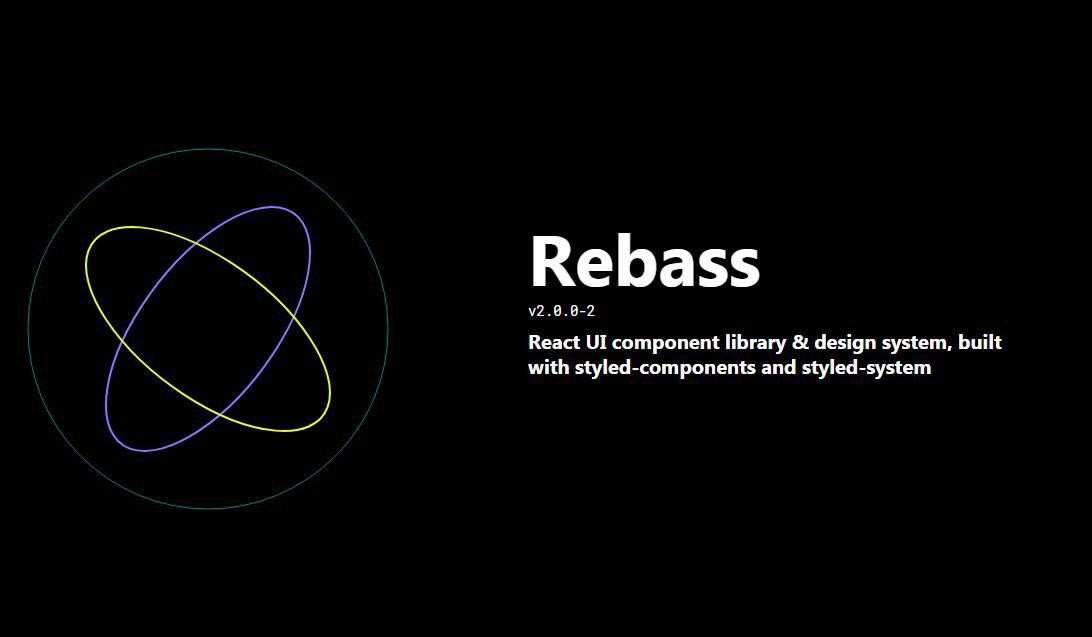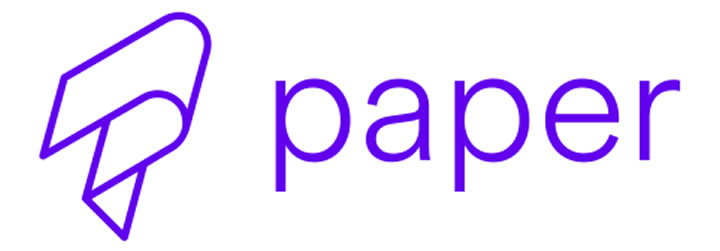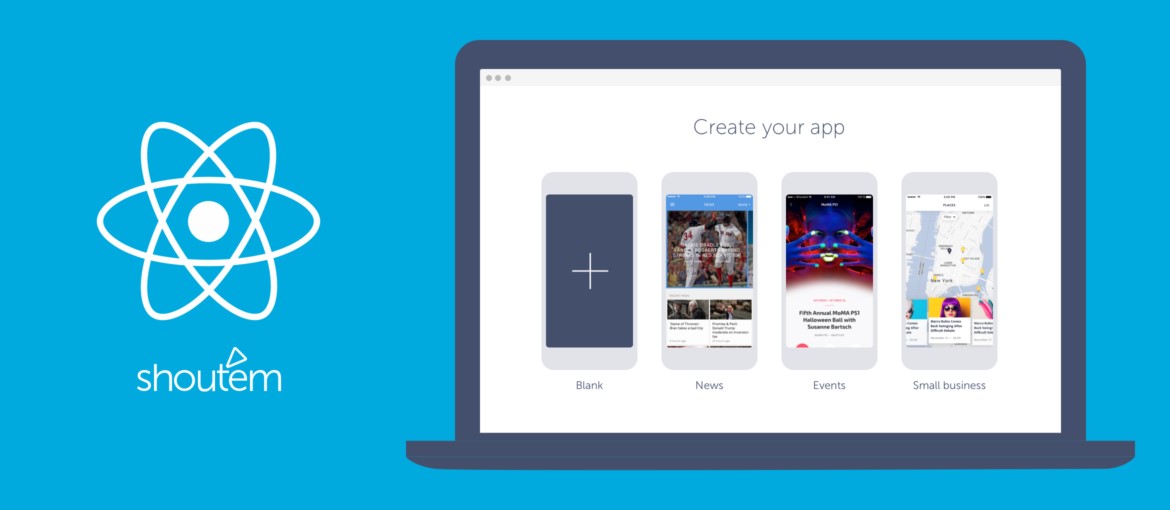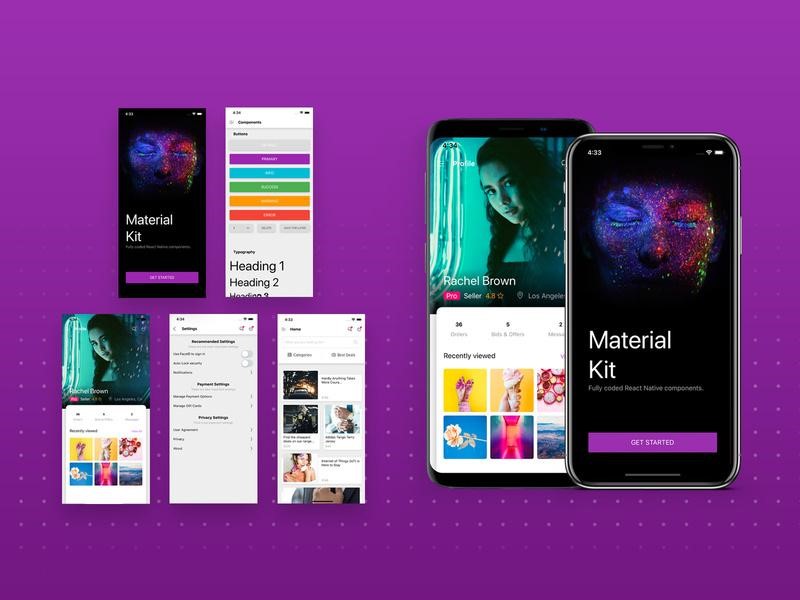The growing popularity of mobile applications and the incredible rise in mobile traffic are forcing many companies to allocate resources for app development. This is not surprising, because technological advancements contribute to the improved quality and speed of development in this sector.
Thanks to cross-platform development technologies, companies are able to create native-like applications for various operating systems using a single code base. The most powerful option in this segment is React Native.
What we’ll talk about today is how to facilitate the React Native development. For this, you can hire a professional MVP development agency like that at purrweb.com, and use the ready-made libraries like those described below.
Rebass

The first library on our list is not the most popular, but very robust. It is very easy to start work with. You do not need to write lines of custom code, just insert what you have, and start creating advanced UI elements.
Customization is achieved through the use of special themes that you can start implementing immediately after getting to grips with the syntax. The Rebass theme system was created on the basis of the UI theme library, which means that you have a separate library inside the main one.
Since each component supports the variant prop, you can assign a different style to any of your UI elements — text, buttons, backgrounds, and so on. If you do not have time for this, you can use the options proposed by the selected theme.
React Native Paper

This library is popular among developers because it includes all the key features. The components of this library are based on Material Design, so you can be sure about their quality. Like the previous example, React Native Paper has ready-made components and supports various themes. The two main ones are light and dark. The latter theme allows you to add components when developing a dark mode for your application. However, unlike Rebass, this library focuses on more complex components. So you can use it at the highest level of production.
The library helps to significantly reduce the lines of the necessary code since it understands the logic of your UI and takes care of all the routine work. You can try the library’s demo, and then paste the finished code into your application. Also, the library is compatible with screen readers, readability instruments, and RTL languages.
Shoutem

Shoutem is not just a component library, but rather a toolkit for building applications. The development process can be compared with how you create WordPress sites using blocks and plugins. Shoutem provides you with a large number of extensions to add to your application. You can choose from over 40 screen types, and more than 200 custom layouts.
This is perhaps one of the most versatile libraries since you can create anything with its help. It is a good fit for CMS systems, e-commerce applications, and navigation maps. Another nice feature is that Shoutem supports all major monetization services, so there’s no problem with setting up ads. The components are integrated with Shopify, so you can configure push notifications for your customers. Besides, creating your own mobile store will not take much time.
Finally, it is worth mentioning that this library is also great for applications that cater to the needs of a large community. Here, you can add special blocks to your app, and allow users to create their personal profiles. You can also activate all the inherent features — commenting, sharing, and so on.
Material Kit React Native

Created on the basis of Galio, this library aims to make your application meet the standards of Google’s Material Design. First of all, managing this library is simple, while the choice of components is very large. It has over 200 unique components — buttons, outputs, inputs, screen types, themes, cards, and so on. Moreover, each of these elements can be customized in order to fully comply with the logic of your UI. To make customization agile, Material Kit React Native also has unique plugins that will help you in the process.
The important point is that the entire library is accurately documented. By clicking on the link, you will see a detailed guide where each element is explained in terms of its functionality. This is very suitable for novice developers who do not yet have a complete image of the application in their heads.
The range of elements in this library is wide. It contains many cards and screens, which allow you to create user profiles, product cards, and blog posts. Material Kit React Native is the most versatile library on our list, and we highly recommend it to beginners.
Summing Up

Creating an application has never been so easy. Perhaps, that is why their number is growing so rapidly today. However, the quality of many of these applications leaves much to be desired. This causes distrust among customers. And it’s really a success if you could make the user download your application and not delete it after the first launch.
In the end, we would like to give you a piece of advice. Use component libraries to speed up the development process, but don’t rush to sell a raw product. Make sure that all components are in place, the application has no bugs and meets the needs of the target audience. Only after that, it is worth launching an ad campaign and starting sales.

